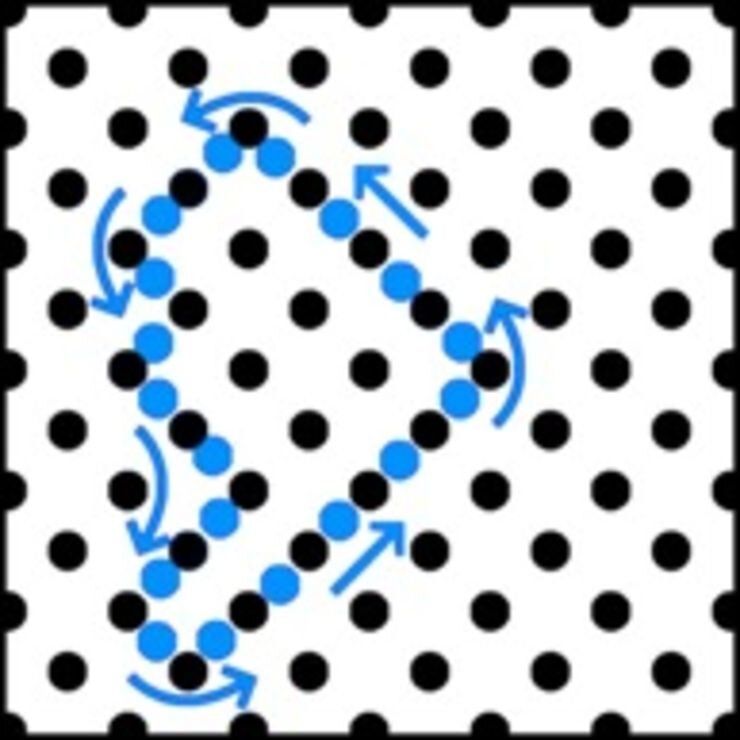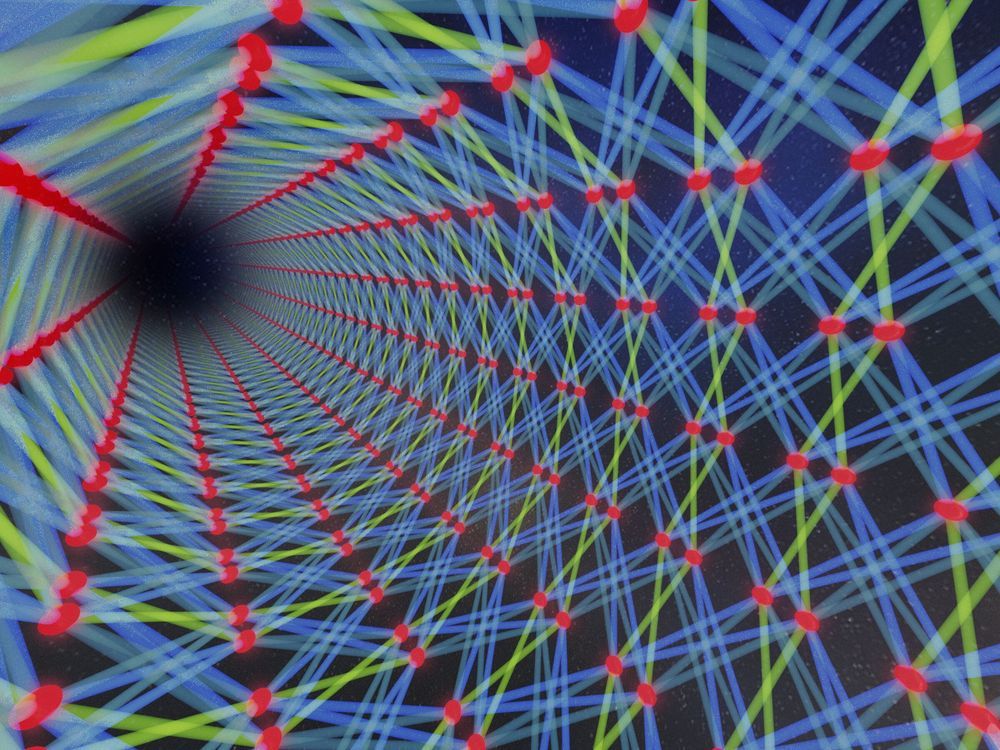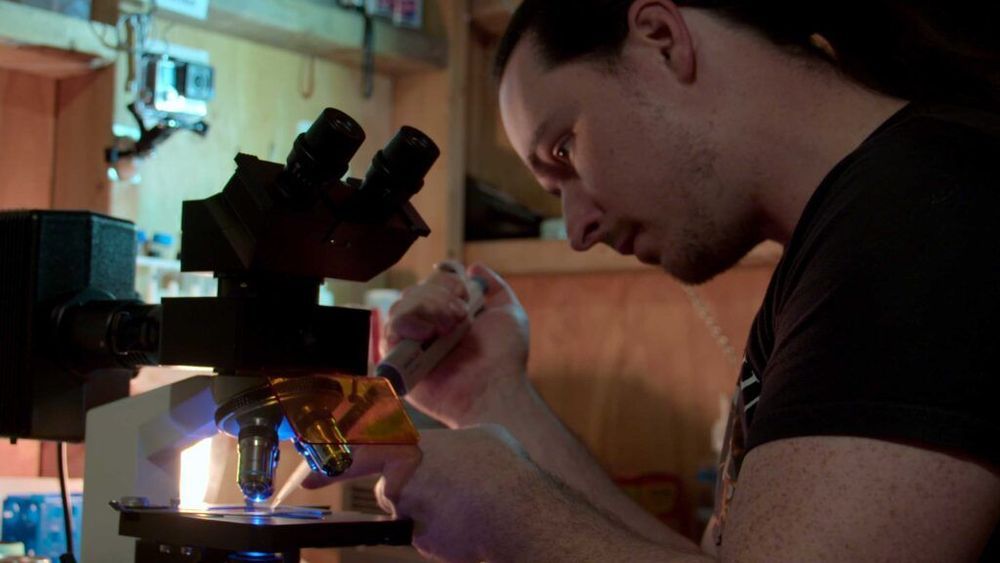In recent years, cosmologists peering back to the very dawn of our Universe have discovered something peculiar. A whole bunch of supermassive black holes — in a time thought way too early for such massive objects to have formed.
Exactly how they got to be so freaking huge so quickly is a heck of a puzzle — but a new surprise discovery might have delivered an answer. The disc of dust and gas around a supermassive black hole is moving in such a way that it’s slurping down material faster than it would normally.
That means it’s gaining mass faster than expected — which in turn could explain what happened in the earliest days of our Universe.








